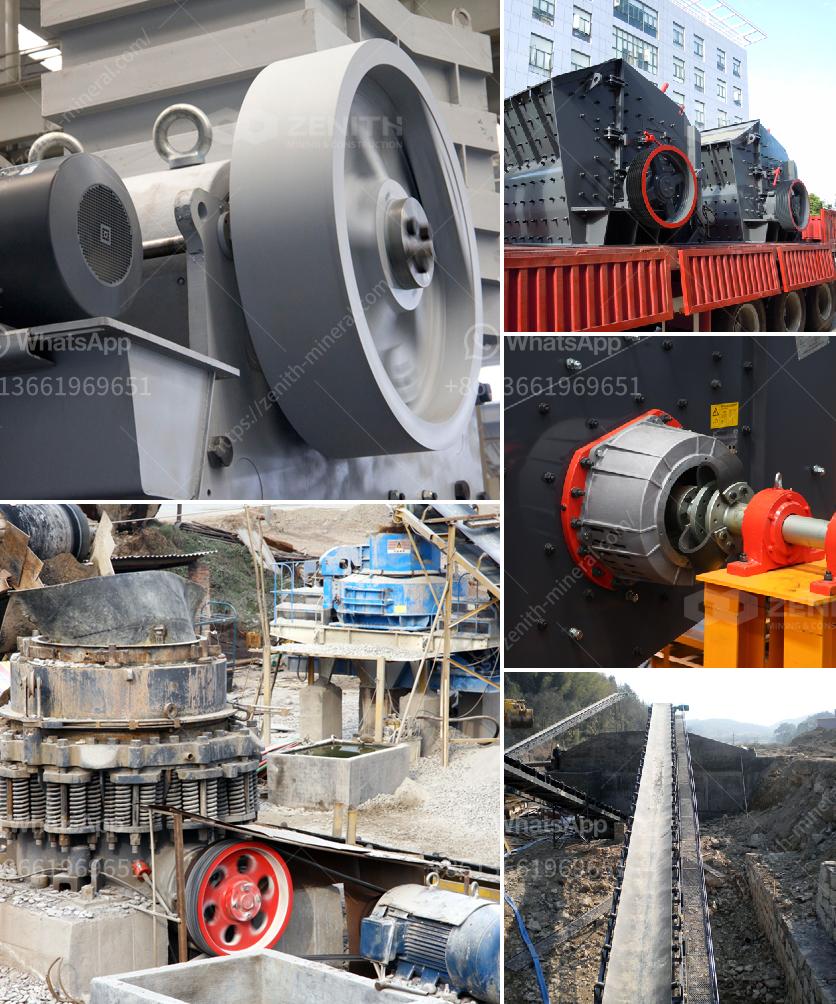Creating sand from stone dust involves a process that can be both mechanical and chemical. Here’s a detailed explanation of how you can achieve this:
Mechanical Process
-
Crushing and Grinding:
- Initial Crushing: Use a jaw crusher to break down large stones into smaller pieces.
- Secondary Crushing: Use a cone crusher or impact crusher to further reduce the size of the stone pieces.
- Grinding: Use a ball mill or hammer mill to grind the crushed stone into fine dust.
-
Screening:
- Vibrating Screen: Use a vibrating screen to separate the fine stone dust from larger particles. The goal is to achieve a uniform particle size that resembles sand.
-
Washing:
- Washing Plant: Use a washing plant to remove impurities from the stone dust. This can involve using water and a series of screens to clean the dust.
-
Drying:
- Drying Process: After washing, the stone dust needs to be dried. This can be done using a rotary dryer or by spreading the dust out in the sun.
Chemical Process
-
Binding Agents:
- Additives: Sometimes, chemical additives are used to bind the stone dust particles together to form a sand-like consistency. These can include lime, cement, or other binding agents.
-
Chemical Treatment:
- Chemical Solutions: In some cases, chemical solutions are used to alter the properties of the stone dust, making it more similar to natural sand. This can involve using acids or other chemicals to break down the stone dust further.
Equipment Needed
- Jaw Crusher: For initial crushing of large stones.
- Cone Crusher/Impact Crusher: For secondary crushing.
- Ball Mill/Hammer Mill: For grinding the stone into fine dust.
- Vibrating Screen: For screening and separating fine dust.
- Washing Plant: For cleaning the dust.
- Rotary Dryer: For drying the dust.
- Chemical Additives: For binding and treating the dust.
Safety Considerations
- Dust Control: Stone dust can be hazardous when inhaled. Use dust control measures such as water sprays and dust collectors.
- Protective Gear: Wear protective gear, including masks, gloves, and goggles, to protect against dust and chemical exposure.
- Ventilation: Ensure proper ventilation in the working area to reduce dust concentration.
Environmental Impact
- Waste Management: Properly manage waste products from the crushing and grinding process.
- Water Usage: Be mindful of water usage during the washing process and implement recycling measures if possible.
- Chemical Disposal: Dispose of any chemical waste according to local regulations to minimize environmental impact.
By following these steps, you can effectively create sand from stone dust, which can be used in various construction and industrial applications.


